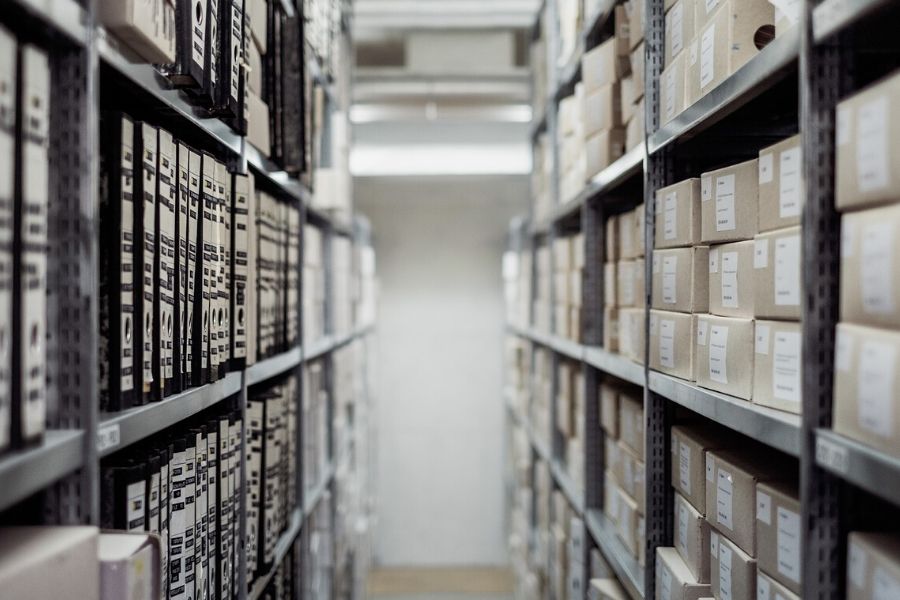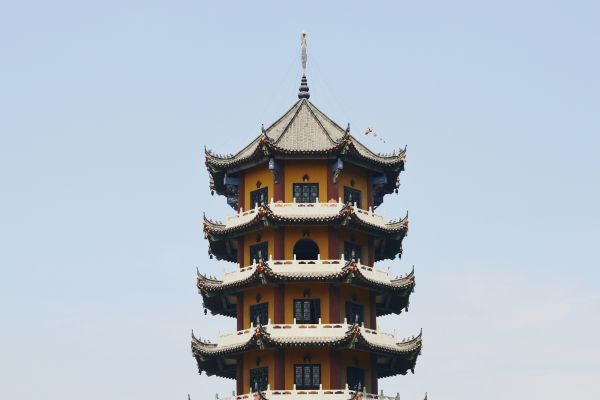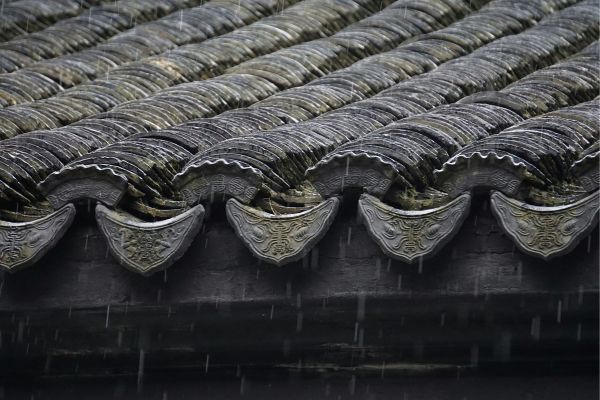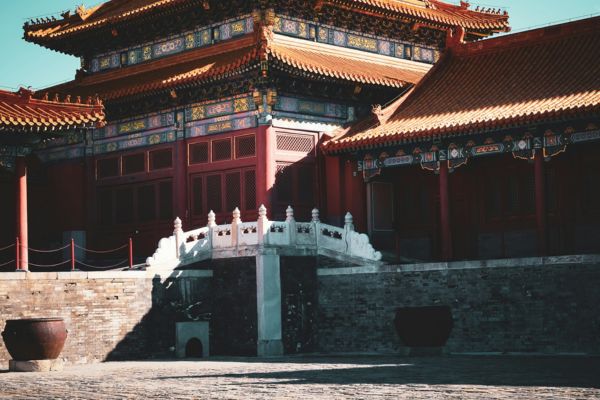
In the hierarchical structure of Chinese courts, the courts manage cases and supervise judges by making and transferring case files. Therefore, case files show the most real aspect of Chinese litigation.
1. The Role of Case Files in Chinese Courts
The Supreme People's Court (SPC) requires all courts to produce case files in a unified standard, and the case files so produced cover all "traces" of litigation activities.
The aim of the SPC to establish such a mechanism is to strengthen the supervision and management by higher courts over lower courts[1], given that supervisors can learn the complete and real process of a lawsuit from the files.
For the purpose of confidentiality, the SPC divides the files of each case into the main file and the supplementary file[2]. The contents of the main file are open to the parties, while the supplementary file is not.
The main file mainly includes: the complaint submitted by the parties (the main file in the second instance refers to the petition to appeal), the defense, the evidence; the notice served on the parties; the transcript of trial activities; the judgment, ruling, mediation agreement and so on made by the court.
The supplementary file mainly includes: the judge’s review report; the relevant materials or transcripts regarding the exchange of views between the judge and the relevant departments within the court; the materials regarding the judge’s requests for opinions from his superior, the materials regarding this court’s requests for opinions from the court at next level, and the response from the judge’s superior or the court at next level; the records regarding the Collegial Panel discussing the case; the records regarding the Trial Division discussing the case; the records regarding the Adjudication Committee discussing the case; the comprehensive report on the case written by judges; the supervision opinions by the supervisory organs on the case during the adjudication supervision procedure.
2. Mysterious Supplementary File
Generally, the documents in the supplementary file can be divided into two categories: the records regarding the presiding judge studying and analyzing the case; and the instructions given to the judge by others on the case hearing. These documents are never made public to the parties. Therefore, to some extent, the supplementary file reflects the other side of the lawsuit unknown to the parties.
A judge from a local court of Beijing has made an empirical study. Based on 125 documents selected randomly from the supplementary files, the study shows that: (1) among 81.1% of the cases, the presiding judge's opinion has been supported by the superior when the presiding judge sought the superior’s opinion; (2) among 10% of the cases, the presiding judge sought the opinion of the court at next level, and the rulings of three cases were based on the opinions of the court at the next level; (3) There were two cases in which local governments affected the outcome thereof. He (the researcher) therefore believes that in most cases the opinions of the presiding judge are respected [3].
Another judge from a local court of Zhejiang came to a similar conclusion after investigating the supplementary files of 300 cases. Of course, neither of the above two investigation reports denies that in a few cases, the judge's trial is indeed subject to external interference [4].
An important direction of China's current judicial reform is to minimize the external interference to judges in case hearing. To this end, the SPC requires judges to faithfully record the unreasonable interference during case trial, so that the supervisors can investigate the responsibility of the personnel for illegally interfering in the work of judges afterwards. Therefore, in fact, in the judicial reform, the importance of the supplementary file has been further strengthened.
3. Criticism on the Secrecy of the Supplementary File
The authors of the above two investigation reports agree that, according to the principle of judicial transparency, the supplementary file should be made public to the parties. Moreover, they also believe that the publication of supplementary file can also prevent judicial corruption. As far as we know, as early as 2003, the judges of Jilin High People’s Court had put forward similar views[5]. Professor Yu Zhigang (于志刚), a well-known scholar in China, also made such an appeal [6].
It is noteworthy that the SPC has initially responded to this appeal.
In May 2018, the SPC began to require all courts to produce electronic files simultaneously during case trial, that is, judges should produce electronic files thereto while receiving and producing documents, and save them synchronously as electronic files in the court's OA system; the courts should make it available for the parties to view electronic files online; electronic files include the main file, as well as non-confidential information of the supplementary file [7].
Thus, on the one hand, the SPC no longer regards all contents of the supplementary file as confidential information, which means that the parties can view some of the documents in the supplementary file; on the other hand, electronic files can also prevent the loss of files to a certain extent, especially when the courts use block chains and other technologies to save electronic files in the future, the loss of files may seldom occur.
Notes:
[1] 左卫民,谢鸿飞.法院的案卷制作——以民事判决书为中心[J].比较法研究,2003(05):39-51.
[2] "人民法院诉讼文书立卷归档办法", http://www.hljcourt.gov.cn/lawdb/show.php?fid=104713
[3] 兰雅丽. 褪去神秘:司改浪潮中“副卷”之改革进路——以B省某基层法院125件卷宗为样本[A]. 最高人民法院.尊重司法规律与刑事法律适用研究(上)——全国法院第27届学术讨论会获奖论文集[C].最高人民法院:国家法官学院科研部,2016:9.
[4] 杨治,邓红.法院诉讼档案“副卷”改革路径探析——基于基层法院300份诉讼档案“副卷”的分析与审视[J].法律适用,2017(07):102-107.
[5] 宋立峰,魏冬云.独立与公开:司法公正的保障——从我国的民事司法制度之副卷谈起[J].长白学刊,2003(02):33-35.
[6] 于志刚.全面公开审判卷宗的建议与制度设计[J].中共中央党校学报, 2016(04)
[7] "最高人民法院关于进一步加快推进电子卷宗同步生成和深度应用工作的通知", http://www.court.gov.cn/fabu-xiangqing-95342.html
If you would like to discuss with us about the post, or share your views and suggestions, please contact Ms. Meng Yu (meng.yu@chinajusticeobserver.com).
If you wish to receive news and gain deep insights into the Chinese judicial system, please feel free to subscribe to our newsletters (subscribe.chinajusticeobserver.com).
Contributors: Guodong Du 杜国栋 , Meng Yu 余萌









